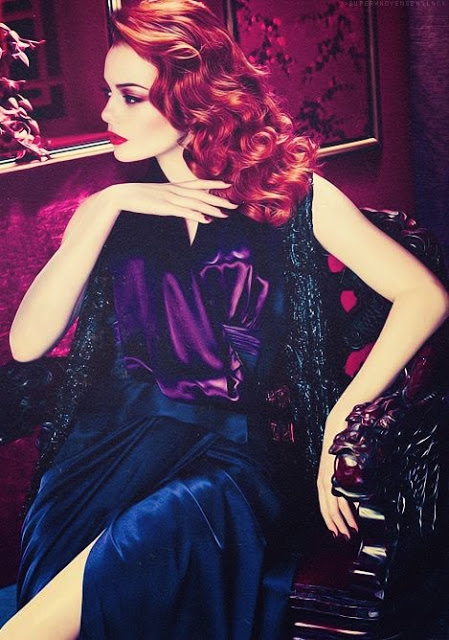
Jungian and Freudian Astrology: Part 2
 Freud was incredibly deep in his psychology as he discussed the stuff inside that we are very good at keeping a lid on. Freud was also a Scorpio rising. Freud played the role of the Prince of Psychiatric Darkness. Freud likened the conscious mind as a lock on a great city. The unconscious is painted as being an underground and ancient realm with unexamined memory in darkness. The psychologist described the subconscious mind like a horse and the ego, or the consciousness, as its rider. The unconscious represents the complex parts of us. Sometimes we don’t know what we do, but we are doing it. There are only a few of us, who can understand our behavior fully.
Freud was incredibly deep in his psychology as he discussed the stuff inside that we are very good at keeping a lid on. Freud was also a Scorpio rising. Freud played the role of the Prince of Psychiatric Darkness. Freud likened the conscious mind as a lock on a great city. The unconscious is painted as being an underground and ancient realm with unexamined memory in darkness. The psychologist described the subconscious mind like a horse and the ego, or the consciousness, as its rider. The unconscious represents the complex parts of us. Sometimes we don’t know what we do, but we are doing it. There are only a few of us, who can understand our behavior fully.
All the water houses in astrology represent the belly of the unconscious from the personal to the collective. and they rule our psychic history. It can be a hostile place, and sometimes the consciousness can feel like an unwelcome visitor to this underground world. Freud famously pictured the unconscious as an iceberg and what we see of any individual is usually just the tip, there is a whole lot more below the surface.
Arthur Dione used an interesting analogy that is similar to the Iceberg and describes the deep underground nature of the unconscious.
The analogy of the ‘pretty’ garden serves to illustrate man’s efforts to implant certain qualities into conscious awareness, thus building a self-image with which he feels safe and one that is palatable to his parents, associates, friends and lovers. Any inner urge that is squashed lest one run the risk of reproach from others, does not disappear, but remains down there, underneath that ‘lovely garden’ which we are pleased to show off. These natural instincts grow and collect qualities of their own, forming a second personality that Jung called the shadow.” Jungian Birth Charts: How to Interpret the Horoscope Using Jungian Psychology (Aquarian Astrology Handbook)
The watery elements (Cancer, 4th, and Moon, Scorpio, 8th, Pluto, and Pisces, 12th, Neptune) of the unconscious represent the instinctual side of the personality. The primitive instincts are thought to be responsible for rape, murder, and bestial nature. Liz Greene’s research on psychopaths in Dark of the Soul: Psychopathology in the Horoscope, squarely pointed the finger at the water-logged nativities for psychopathy. Many individuals that act out violently, often possess a Mars-Saturn and/or Mars-Pluto aspect. Both Saturn and Pluto relate to the shadow side of human beings and Mars is the aggressor.
In The Outer Planets and Their Cycles: The Astrology of the Collective (Lectures on modern astrology) a diagram is used to represent the three levels of consciousness.
- The top layer representing the individual personality “in a sense you might say astrologically, the sun, the moon, Mercury, Venus, Mars, Jupiter, and the four angles of the chart concern the energies and needs and characteristics that belong to the individual.
- Under this is the personal unconscious “there is all the material from childhood, parental complexes, repressed traumas and wounds, buried emotions, unlived potentials, undeveloped talents.” The author places Saturn on this threshold between the light and dark sides of the personality.
- The lowest region is the place of the collective unconscious – Uranus, Neptune, and Pluto.
Jung was also drawn to causality and synchronicity. Simply meaning an acausal connection between the psyche and outer events. The inner and outer connecting and relation to physical events we call coincidence. Events coincide, one does not cause the other. Examples of synchronicity are below:
- The stopping of a clock at the time of someone’s death.
- Thinking of a friend and then receiving a phone call from that person at the same time.
- You walk into a book store not knowing what to buy, and the book you need falls from a shelf and practically hits you over the head. More examples are found on Crystalinks
Jung had defined synchronicity as a ”physically conditioned relativity of space and time.” To the modern way of thinking, if there is anything at all in astrology, it must involve a rearrangement of our concept of time. The Australian astrologer Furz Morrish writes (in a comment on Jung): “It seems, indeed, as though time…is a concrete continuum which contain qualities of basic conditions manifesting simultaneously in various places in a way not to be explained by causal parallelisms.” Synchronicity (or, as Morrish calls it, synchronism) might “help some scientists to understand how astrology could work without any mechanical apparatus linking star and human.” On the other hand, he does allow that there may be “astro-causation” between planets and persons, possibly by waves through the ether. Astrology
A chapter in The Astrology of Fate is devoted to Fate and Synchronicity, covering Jung’s outlook on the unconscious, with a fascinating discussion of secret patterns at work and “something” which guides the individual towards destiny. Mainly, the author, Liz Greene, ties the soul and fate together and explores our inner needs reflecting our outer life.
In the end, both Jungian and Freudian astrology are worth exploring and are incredibly fascinating when applied to astrology, giving our art even greater depth and meaning, moving away from ancient times of mostly predictive astrology. We explore the inner-complexity of every individual and in the process, we offer a whole lot more soul and expression to a horoscope reading.
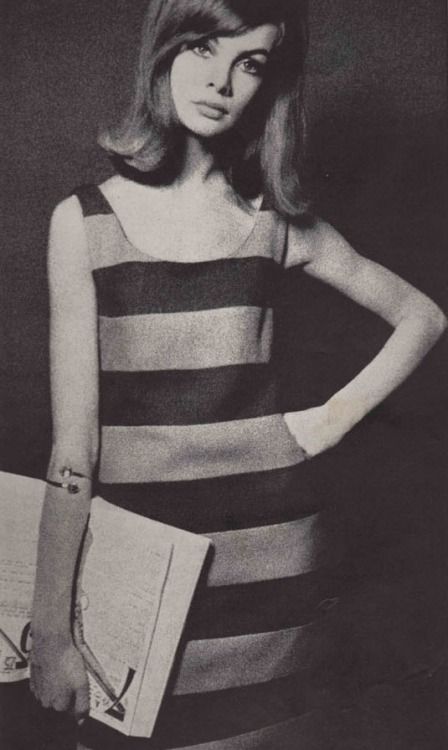
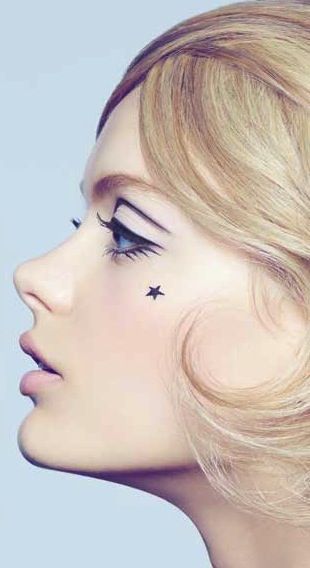
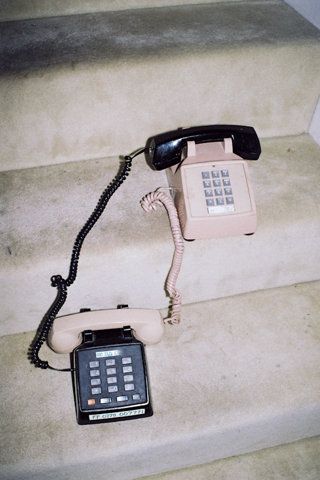
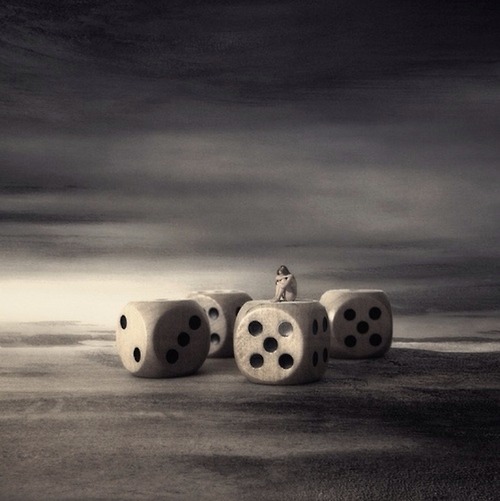
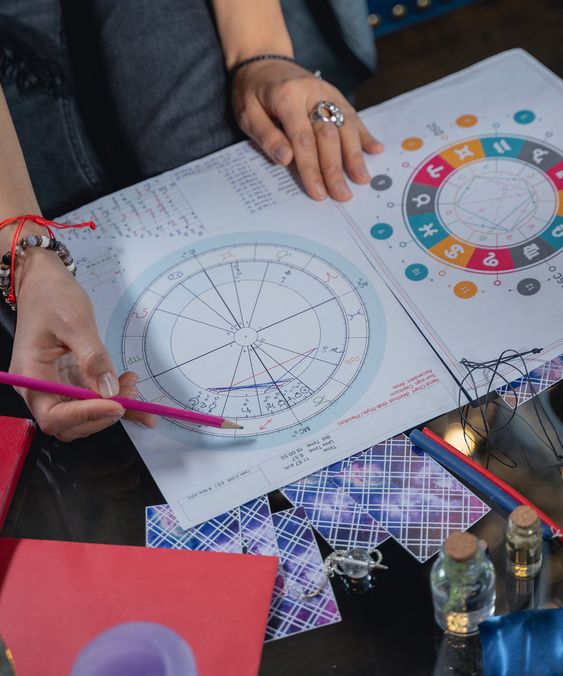
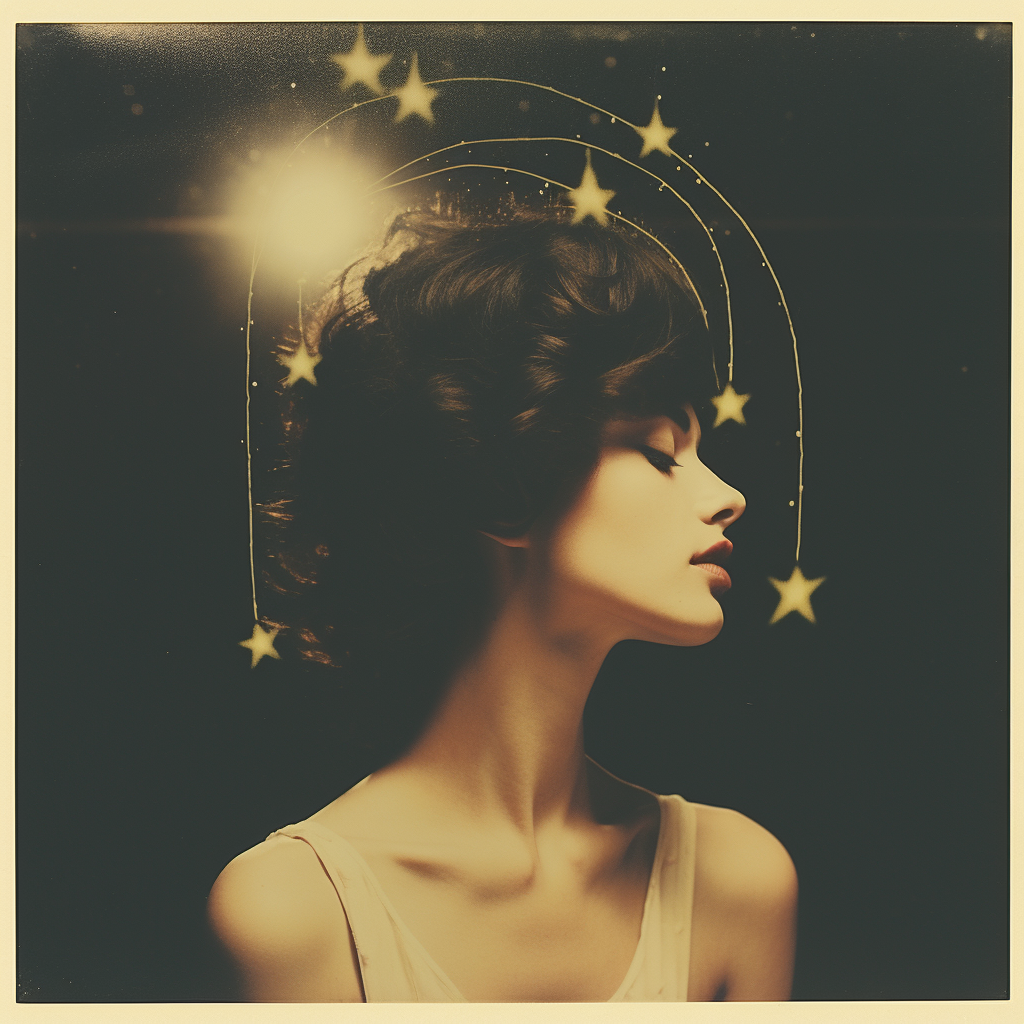
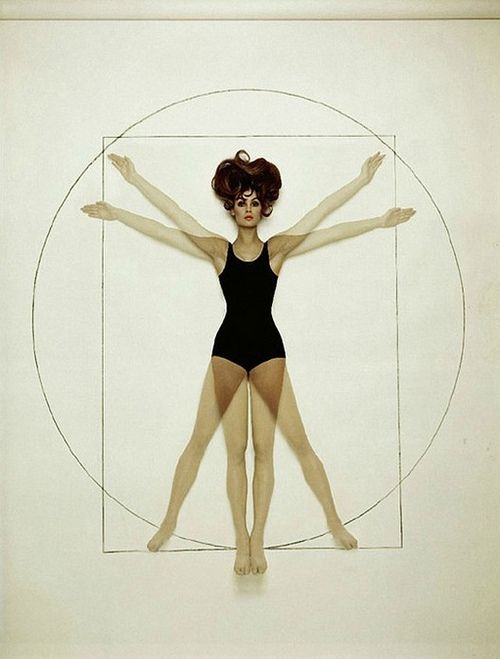
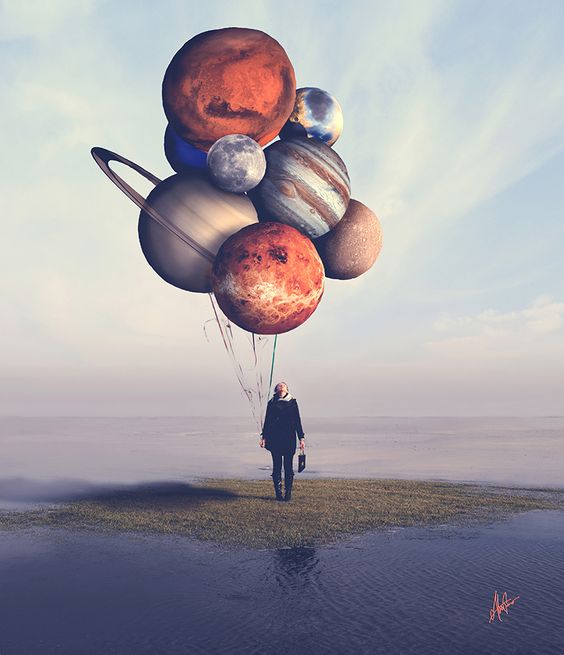
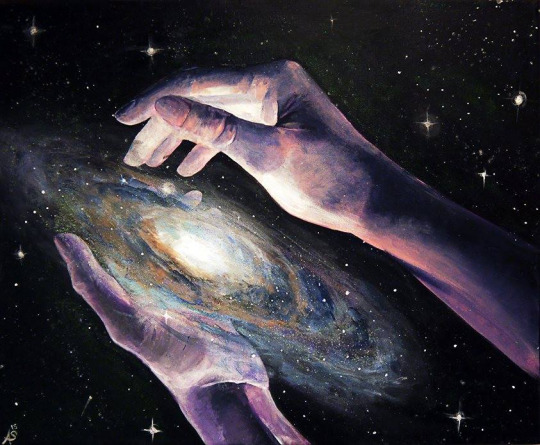




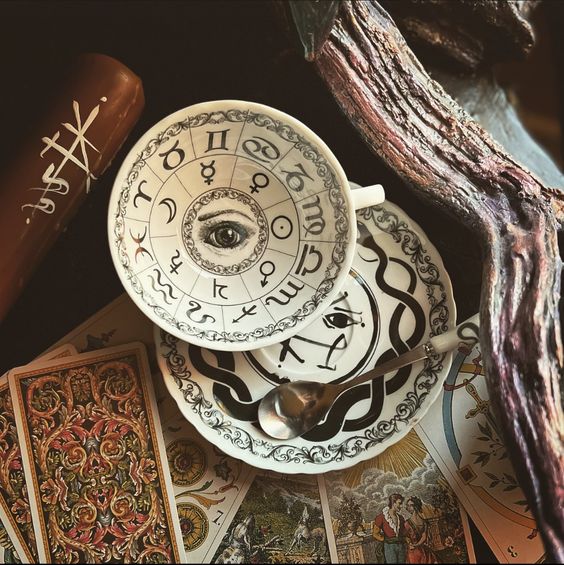

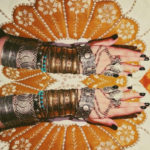


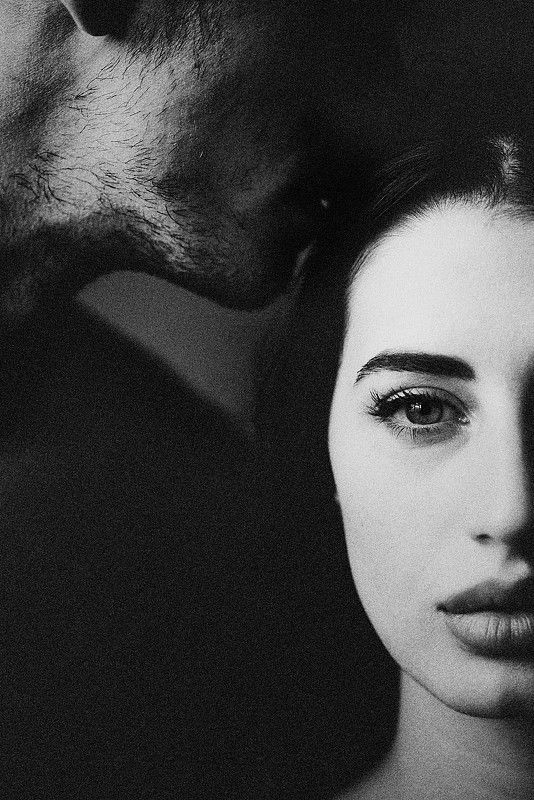 Venus-Pluto Synastry: A Love So Powerful That It Might Just Kill Them
Venus-Pluto Synastry: A Love So Powerful That It Might Just Kill Them
 Venus-Pluto Aspects: Ruin Me
Venus-Pluto Aspects: Ruin Me
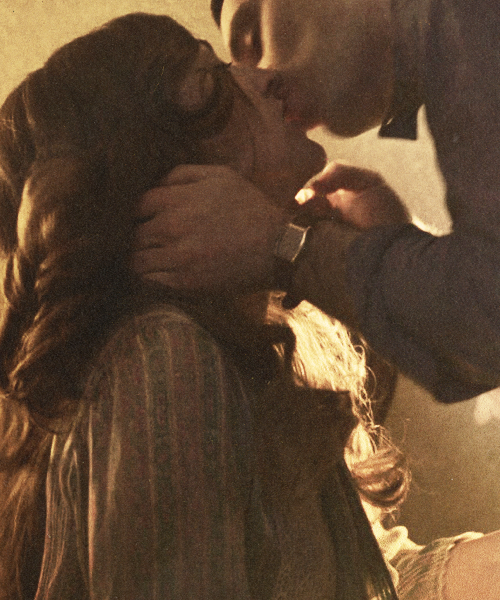 Sun Square Pluto Synastry: You’ve Got That Power Over Me
Sun Square Pluto Synastry: You’ve Got That Power Over Me
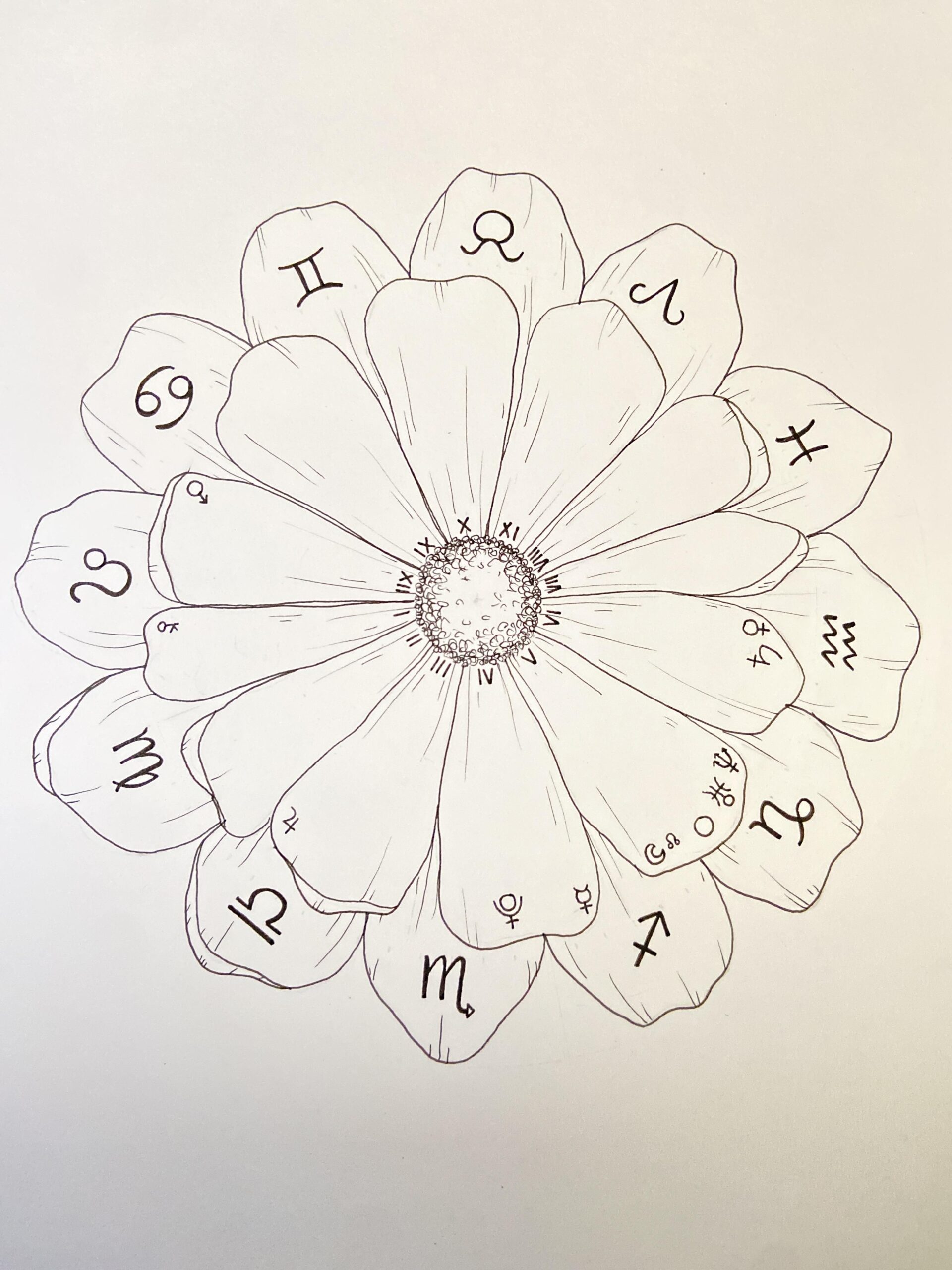 The Difference: Progressions Vs Transits
The Difference: Progressions Vs Transits
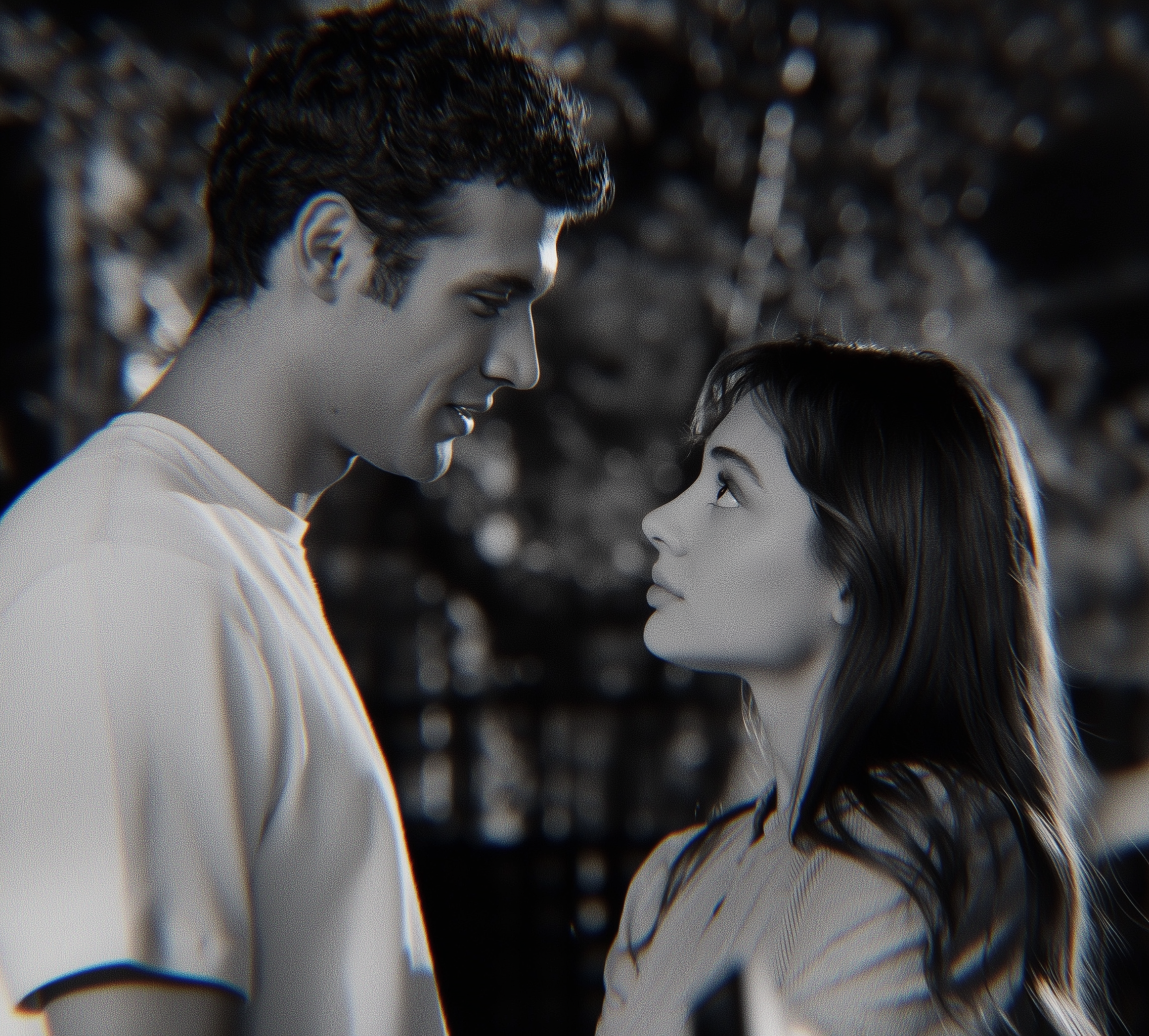 Moon Conjunct Pluto Synastry
Moon Conjunct Pluto Synastry
 The Twin Journeys of Saturn’s Returns
The Twin Journeys of Saturn’s Returns
 Mars in Aquarius: Sex drive
Mars in Aquarius: Sex drive
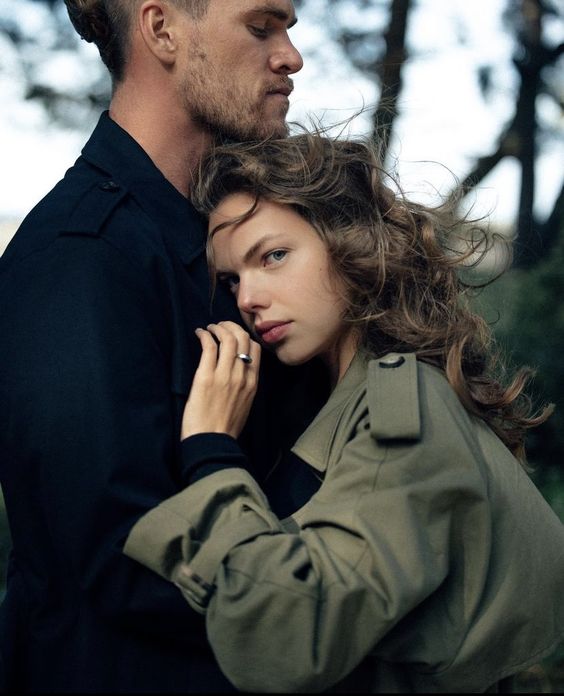 Mars-Pluto Synastry: Something Quite Dark and Dangerous
Mars-Pluto Synastry: Something Quite Dark and Dangerous
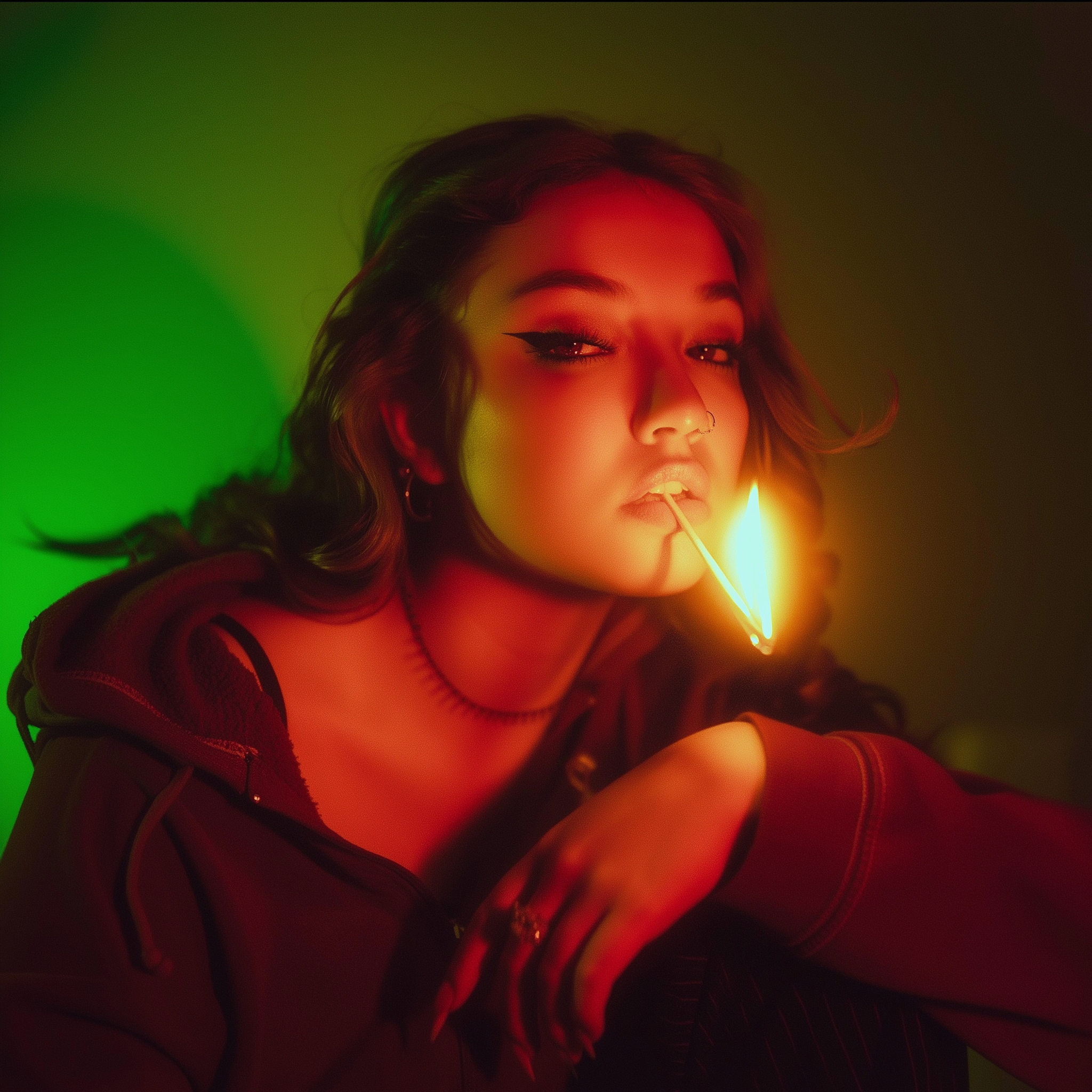 Mars Square Pluto Natal Aspect: The Unbreakable Spirit
Mars Square Pluto Natal Aspect: The Unbreakable Spirit
 Venus Trine Pluto: Dark Desires
Venus Trine Pluto: Dark Desires
 Uranus Transits the 6th House
Uranus Transits the 6th House
 Uranus Transits the 4th House: The Chaotic Path to Personal Inner Growth
Uranus Transits the 4th House: The Chaotic Path to Personal Inner Growth
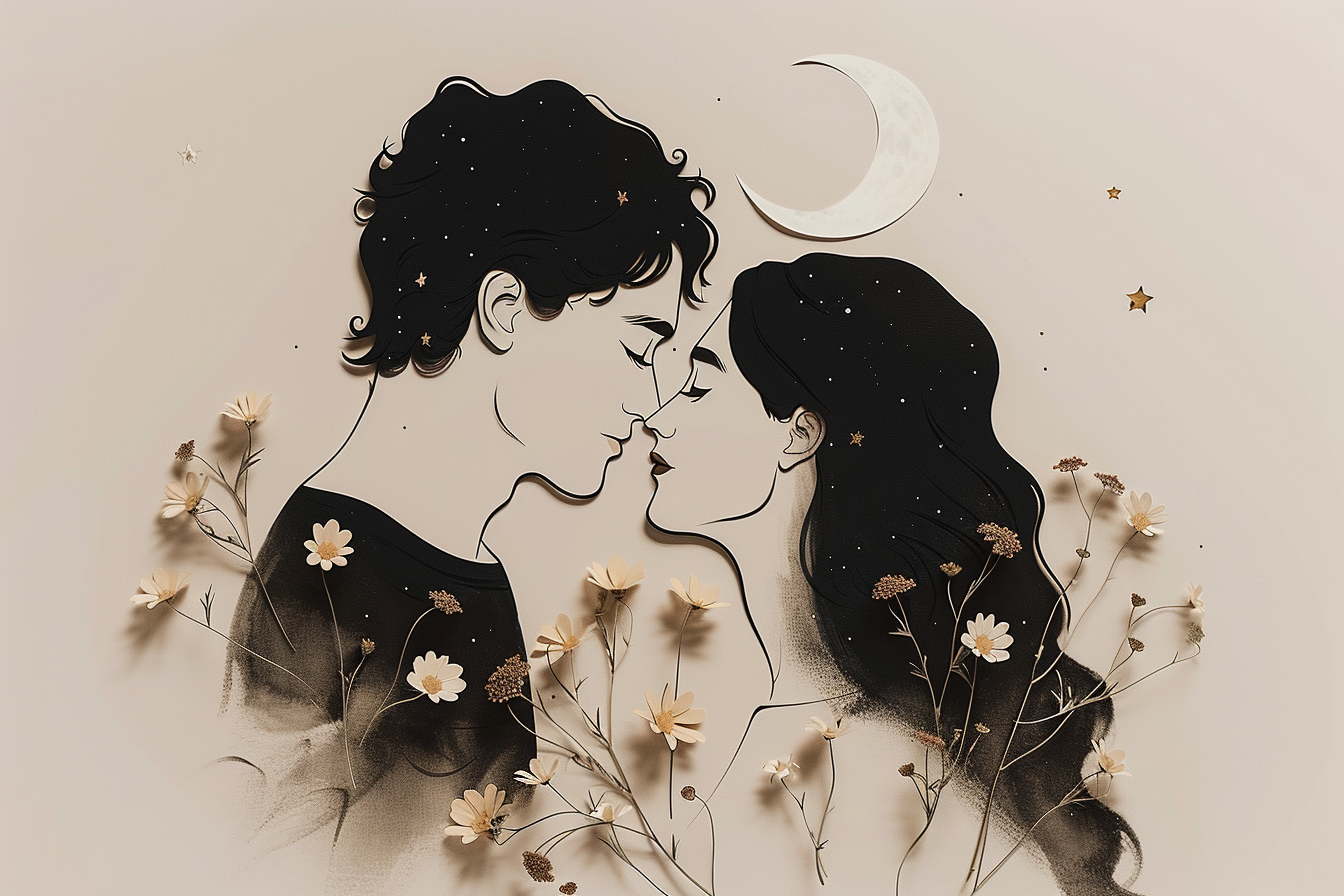 Emotional Understanding: Moon Trine Synastry Aspects Interpreted
Emotional Understanding: Moon Trine Synastry Aspects Interpreted
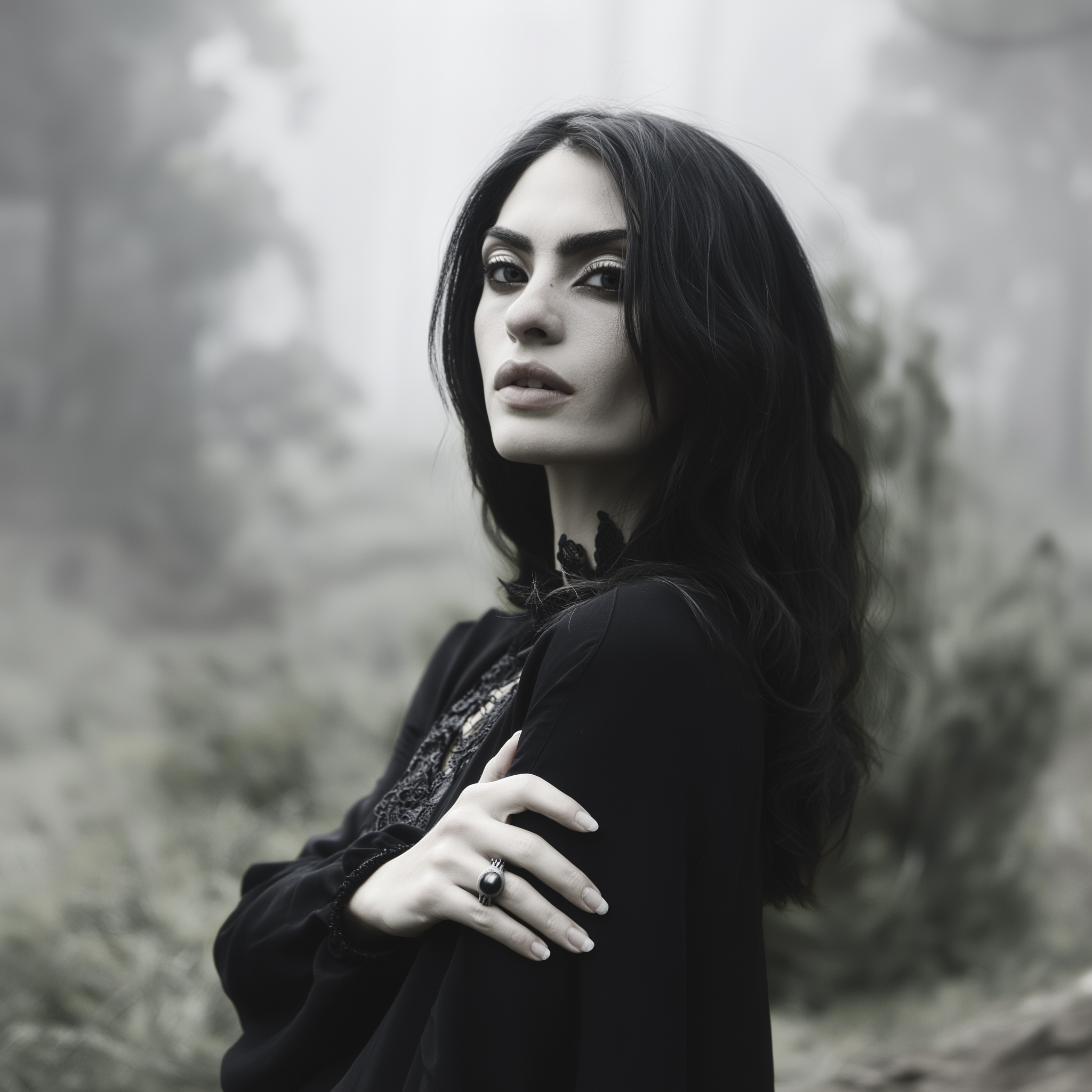 Reflections on a Past Venus-Pluto Synastry Aspect
Reflections on a Past Venus-Pluto Synastry Aspect
 Sun Opposite Pluto Natal Aspect
Sun Opposite Pluto Natal Aspect
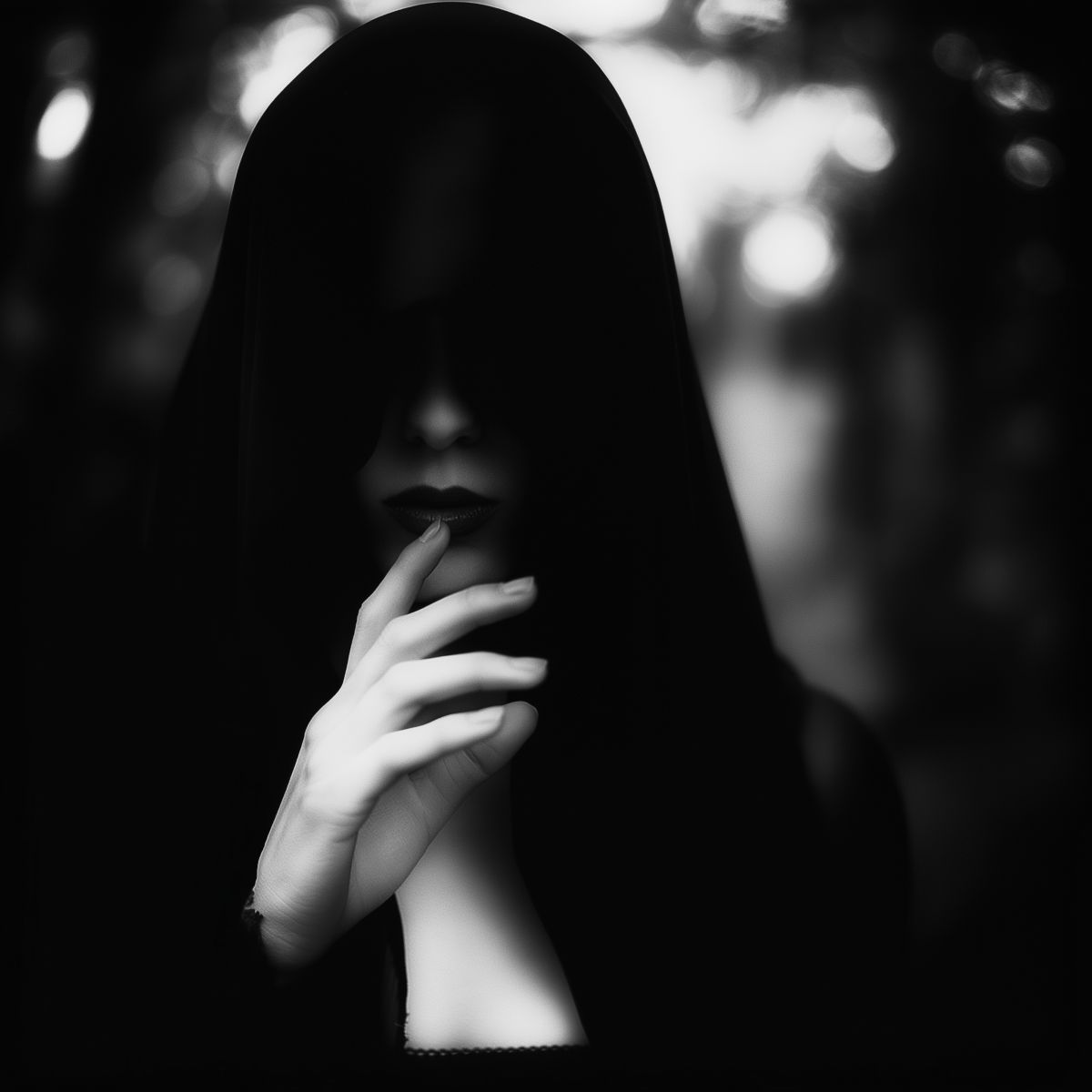 Pluto in the 8th House: Secrets of the Soul
Pluto in the 8th House: Secrets of the Soul
 Composite Sun in the 8th House: Weather the Storm
Composite Sun in the 8th House: Weather the Storm
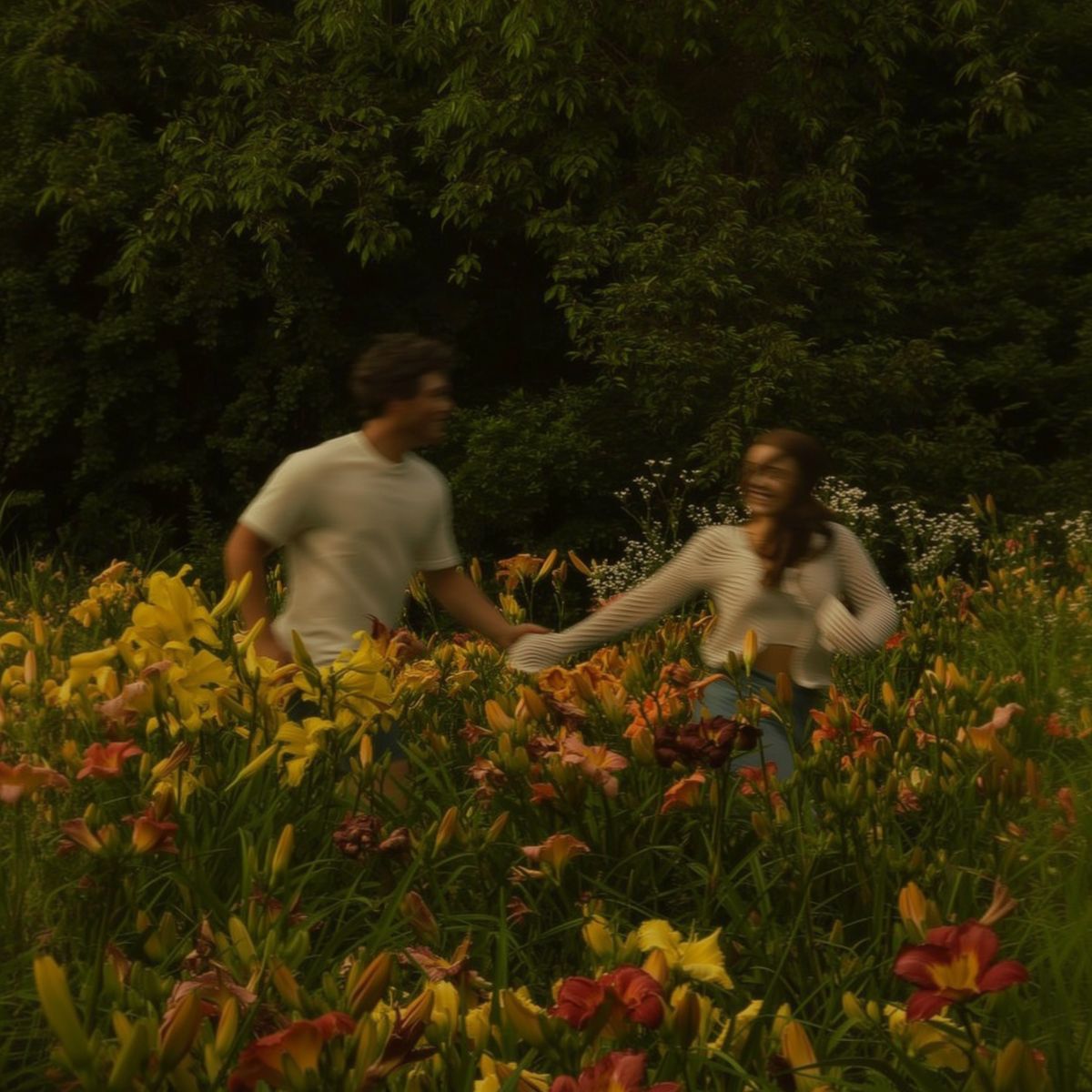 Venus Trine Mars Synastry
Venus Trine Mars Synastry
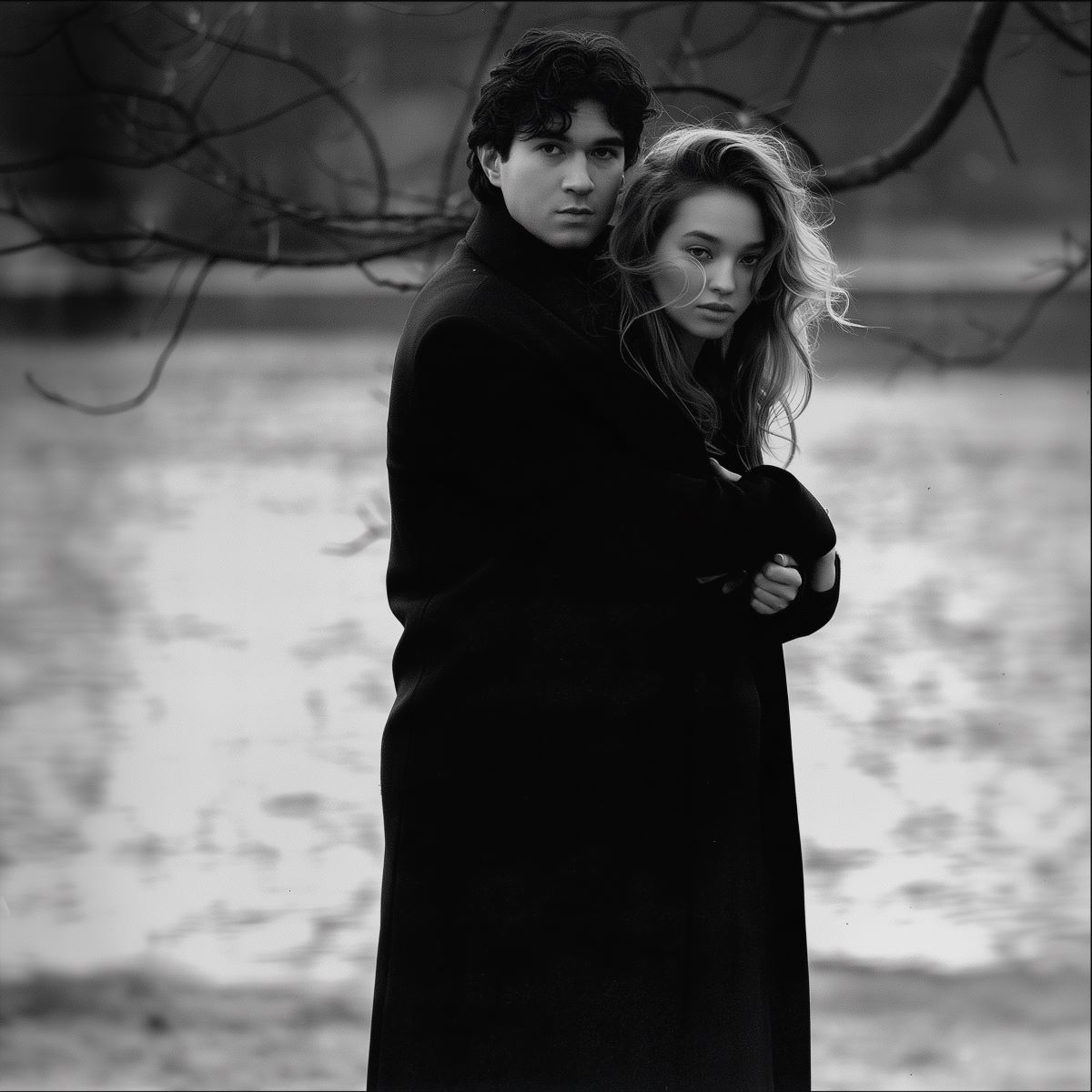 Uranus Transits 8th the House: Rebirth from Chaos
Uranus Transits 8th the House: Rebirth from Chaos
 Mars Conjunct Pluto Natal Aspect: From Ember to Inferno
Mars Conjunct Pluto Natal Aspect: From Ember to Inferno